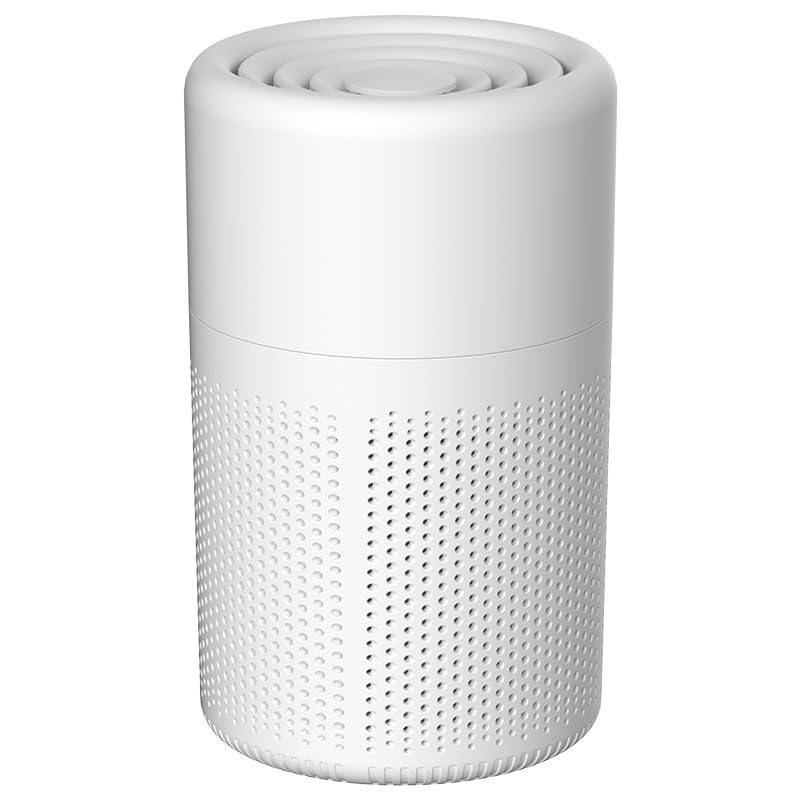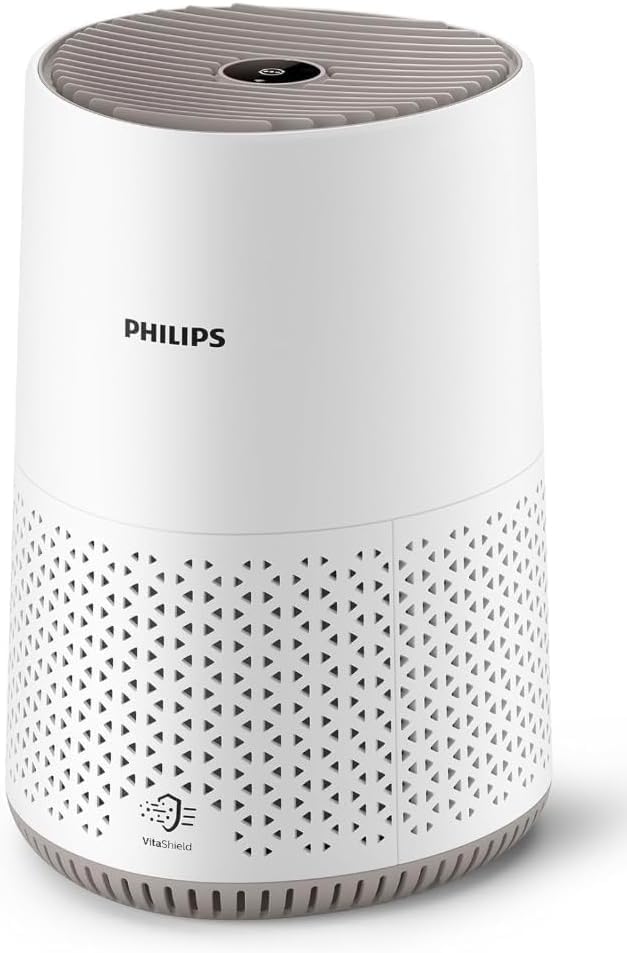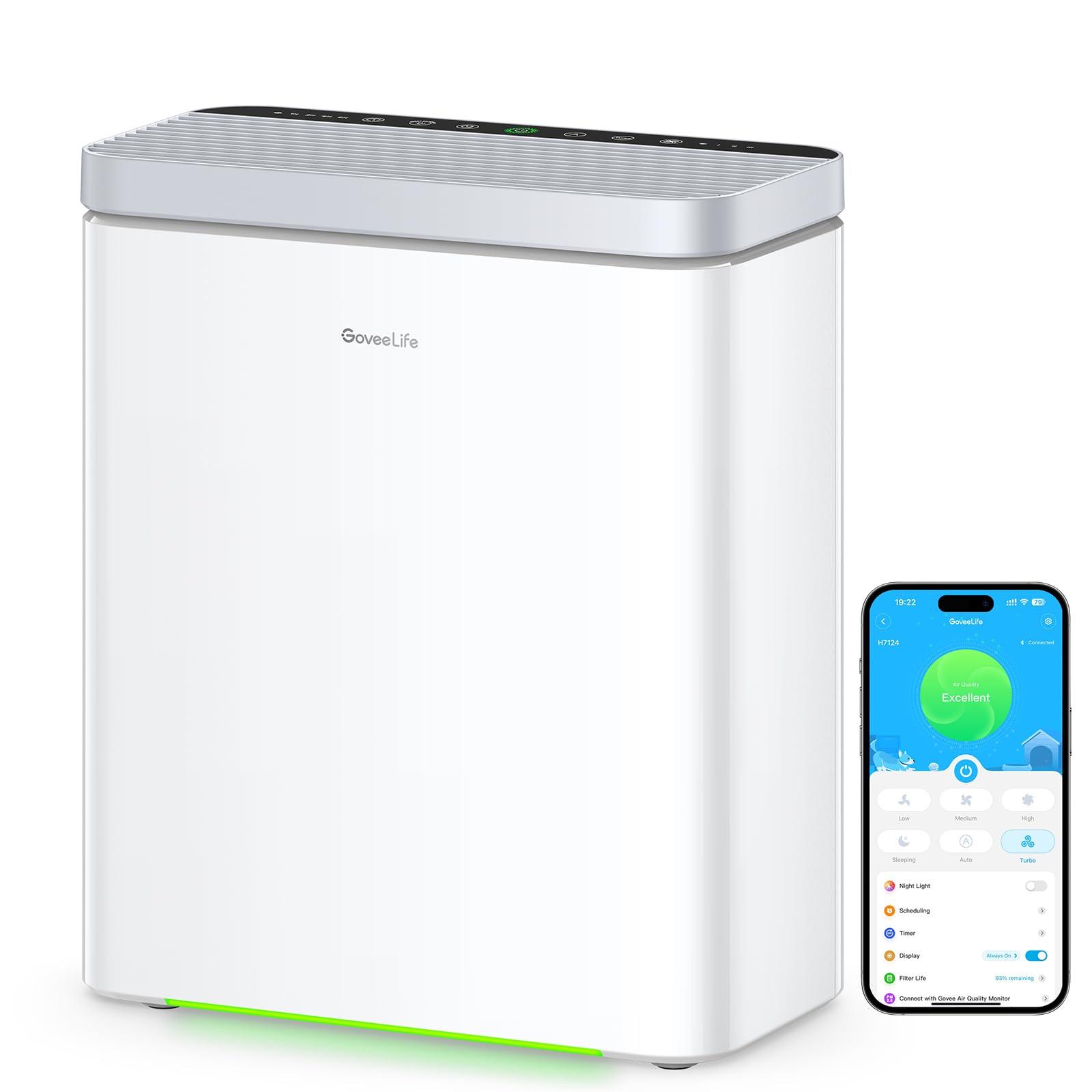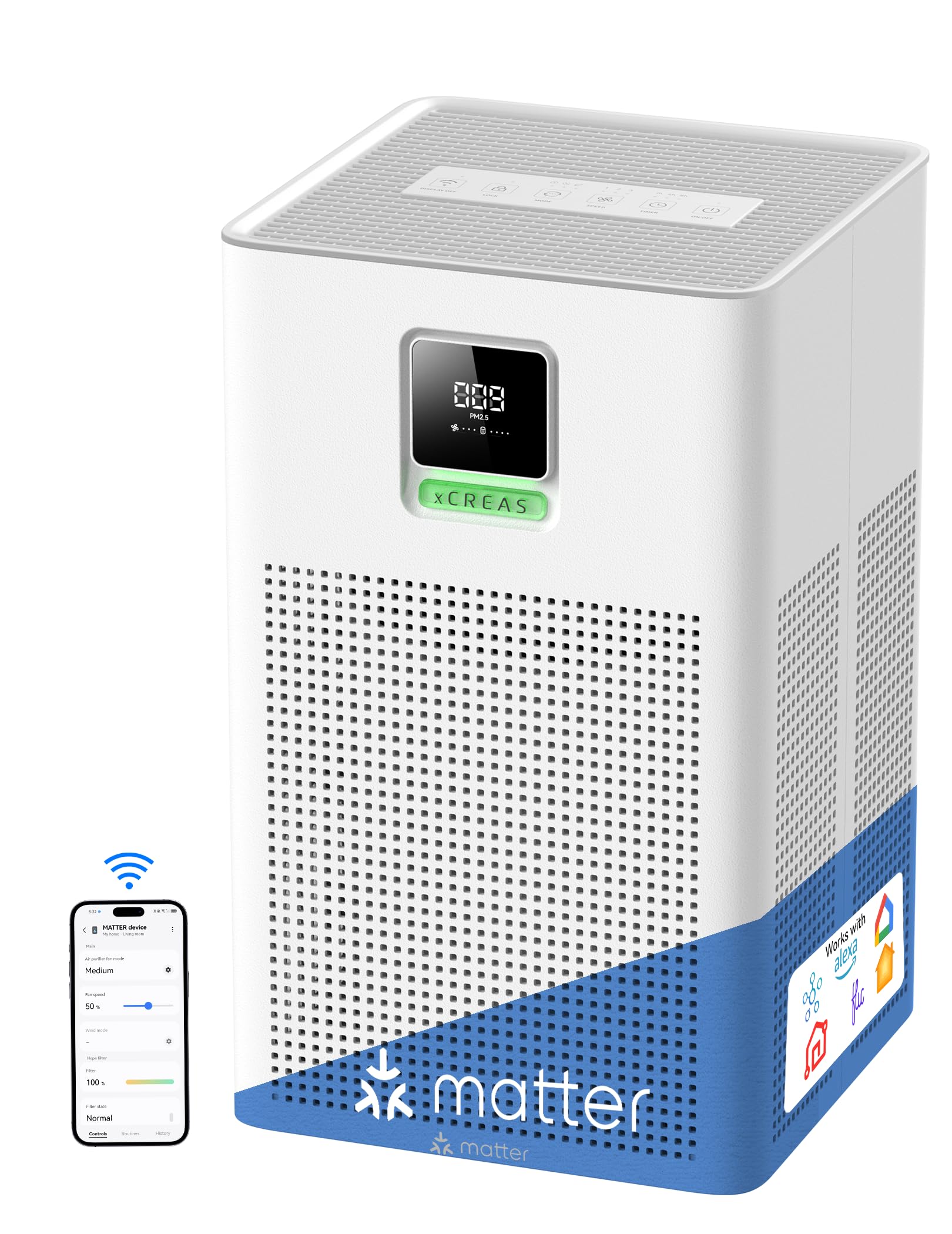Filter jargon can make buying an air purifier harder than it needs to be. Some boxes shout about H13 or H14. Others use slippery phrases like HEPA type without stating a standard at all. This guide explains how true HEPA is defined, what H13 and H14 grades mean in practice, why sealed frames matter more than headline labels, and when a higher grade can help in UK homes.
Cleaner air depends on air purifiers with sealed filters sized to the room.
What HEPA grades mean
High Efficiency Particulate Air filters are built to capture very small particles. In practice, the crucial factor is the minimum efficiency at the most penetrating particle size, which sits around the sub micron region. H13 filters are very efficient for home use and are the sweet spot for many purifiers that balance airflow and noise. H14 filters are tighter again, but that higher resistance can reduce airflow if the motor and seals are not matched to the job.
True HEPA vs vague HEPA type
True HEPA filters are built to a defined efficiency. Some products use the phrase HEPA type to imply performance without meeting a standard or without stating the filter grade. If a manufacturer does not state a filter class and does not talk about a sealed frame, be cautious. A large sheet of filter media does not guarantee clean air if the frame lets air slip around the edges rather than through the fibres.
Seals and pressure drop matter as much as media
Any gap between the filter frame and the housing is a bypass path. That leak lowers real CADR even if the filter media itself is excellent. Look for models that describe sealed frames or gaskets. Higher grade filters add resistance, so the fan must push harder to maintain airflow. A design that pairs a tight filter with a weak motor can end up moving less clean air than a well sealed H13 filter in a stronger housing.
When H14 makes sense
Homes with specific needs, such as wildfire smoke events, heavy traffic pollution, or an immune compromised family member, may benefit from a purifier that keeps efficiency high at smaller particle sizes. Even then, the purifier must maintain enough airflow to reach your desired air changes per hour. A well sized H13 unit that keeps rooms at four to five air changes per hour often delivers better real outcomes than a small H14 unit running flat out in the corner.
Carbon filters and odours
Many purifiers combine particulate filters with activated carbon. Carbon captures certain gases and odours but saturates over time. Adding carbon increases resistance and can lower airflow. If odours are a key concern, choose a model that offers a substantial carbon stage and budget for more frequent replacements. Do not expect a tiny carbon pad in a small purifier to neutralise strong cooking odours in a large open plan room.
Maintenance and replacement timing
Filter life depends on how dirty your air is and how long you run the machine. Bedrooms with lower dust loads can go many months. Open plan rooms near busy roads may need replacements sooner. Signs that it is time to change include persistent smells, higher noise at the same fan speed, and visible dust matting on the pre filter. Keep the pre filter clean so the main filter does not clog prematurely.
Models with verified seals, clear filter grades and sensible running costs feature in air purifiers for UK homes. Where winter damp is an issue, pairing with a dehumidifier controls both particles and moisture.
FAQs
Is H14 always better than H13?
Not automatically. H14 media can reduce airflow if the motor and seals are not designed for it. A well sealed H13 purifier that reaches your air changes per hour target can clean a room more effectively than a small H14 unit that struggles to move air.
What does HEPA type mean?
It usually signals marketing rather than a defined standard. Look for a stated filter grade and a sealed frame so air cannot bypass the filter.
Do I need carbon as well as HEPA?
If odours or gases are a concern, carbon is helpful. Choose a model with a meaningful carbon stage and plan for regular replacements. If odours are rare, a particulate filter alone may be sufficient.






